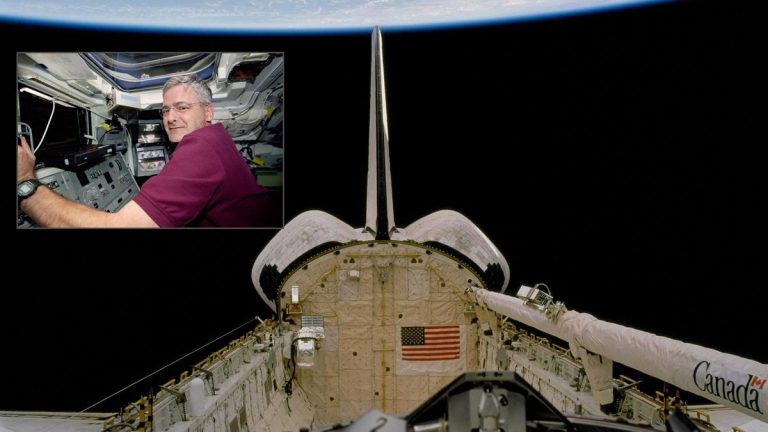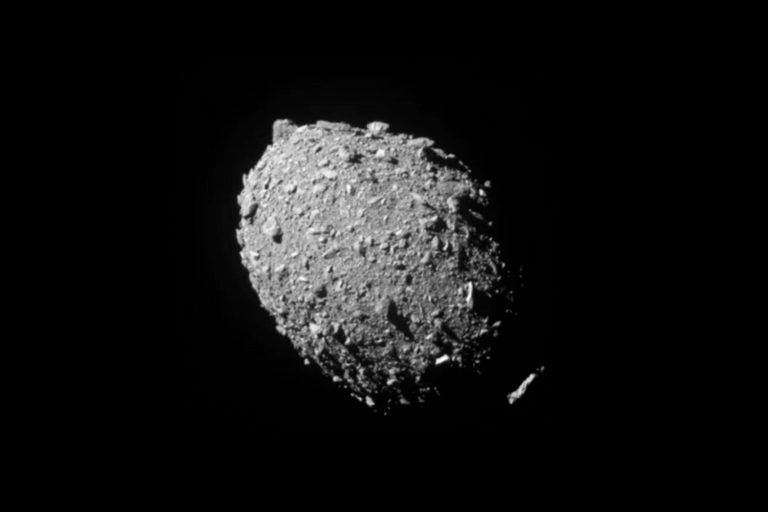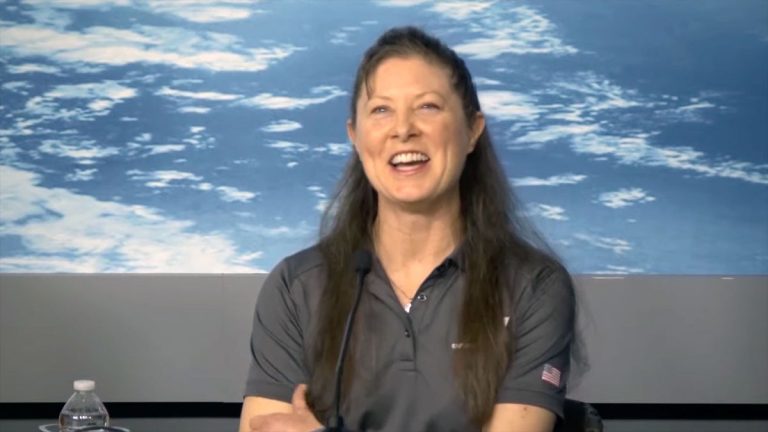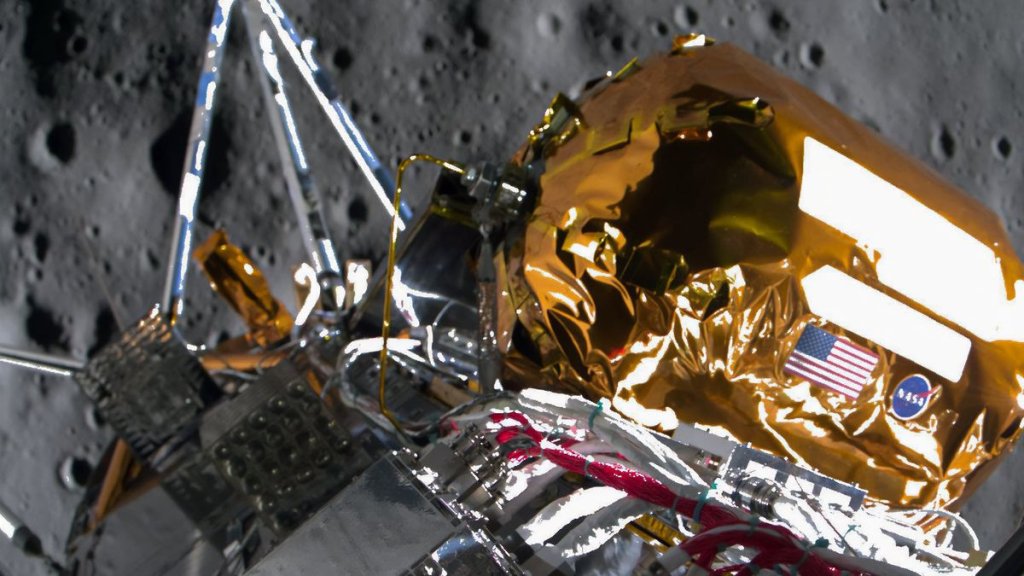
Magic secrets on the moon: Q&A with David Copperfield (exclusive) (Image Credit: Space.com)
A little bit of magic landed on the moon last week — or actually, quite a lot of it.
Aboard Intuitive Machines‘ robotic Odysseus lunar lander, which last Thursday (Feb. 22) became the first American spacecraft since 1972 to touch down on the moon, are the archives of magician David Copperfield.
These archives — a compilation of the secrets behind Copperfield’s most famous illusions — are part of a payload called Lunaprise, a project of Galactic Legacy Labs and the Arch Mission Foundation. Lunaprise is a curated storehouse of human knowledge and achievement, and, thanks to Odysseus, it’s now preserved for the long haul on the moon, away from troubling terrestrial vicissitudes like volcanic eruptions and nuclear explosions.
This isn’t the first time Copperfield’s blueprints have launched into the final frontier. He also put his magic secrets aboard Israel’s Beresheet moon lander, which crashed during its touchdown attempt in April 2019, and Astrobotic’s Peregrine spacecraft, which was steered back to Earth over the Pacific Ocean last month after suffering an anomaly that dashed its lunar dreams.
Space.com caught up with Copperfield recently to discuss Odysseus’ mission, his desire to help preserve humanity’s knowledge on and away from Earth and his longtime interest in space exploration. The following interview has been edited for length.
Related: Intuitive Machines’ Odysseus moon lander beams home 1st photos from lunar surface
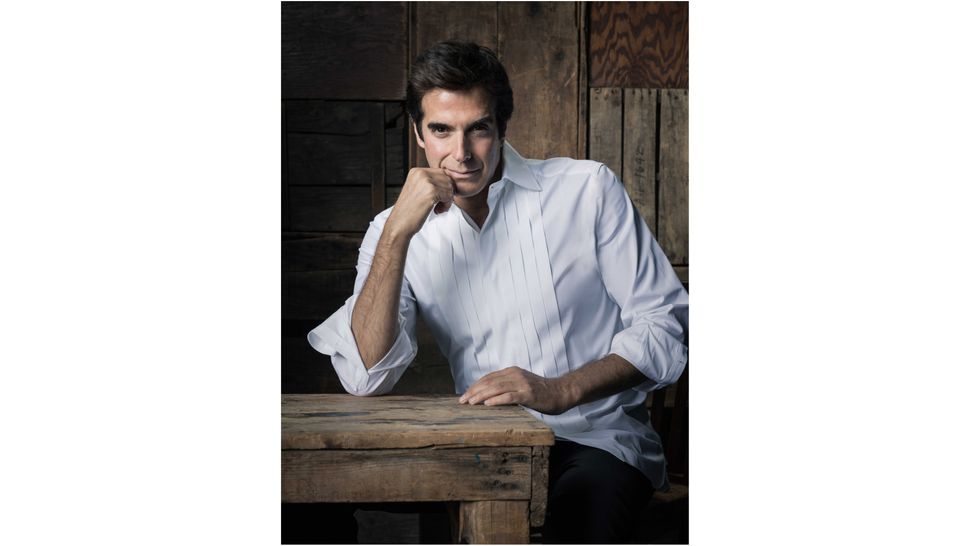
Space.com: This isn’t the first time you’ve done this — you’ve been involved with the Arch Mission Foundation for a while now as an advisor, and you’ve sent your secrets toward the moon before.
David Copperfield: This is the third time. The third time’s the charm!
The Beresheet mission we were very hopeful about — they’re really nice people — and unfortunately it did not go as planned. But all of my technology and my techniques and all that are there [near Beresheet’s crash site]. It’d be really hard to find them, but they’re on indestructible nickel plates, and nickel doesn’t degrade. It’ll last a billion years, so they say. Then, the second time, with Astrobotic — also good people — we landed in the Pacific Ocean. So now there are fish that are learning to saw people in half. [Laughs]
But now we’ve landed on the moon for the first time since Apollo, and it’s an amazing achievement. And we added more to [this new lunar payload]. We added two other things to what I’ve done in the past, so maybe there was a reason for things to happen this way.
The secrets were, and are, technology, drawings, how I made the Statue of Liberty vanish, Death Saw, the Great Wall of China — all the things that people know me for. That’s on all of them. But this has two more things. One is the Project Magic program, which uses magic as a form of therapy in hospitals in 30 countries around the world: Magic is taught to patients to help them with dexterity and coordination by learning sleight of hand, in addition to boosting patients’ self esteem by giving them a skill.
And the secret to my soon-to-be-performed illusion, where I’m going to make the moon disappear — all that technology is on there, too. So if you want to know how to make the moon disappear, just go up there and check it out.
Space.com: When are you going to do that? When is the moon disappearance happening?
Copperfield: Since we announced on “The Today Show” in October that I was going to do this in February, a lot of organizations have said they want to collaborate and make it an even bigger event that could do even more good.
We’re going to try to use it to get telescopes in rural schools and indigenous schools around the country, to encourage kids to really look at the sky and dream about their future, and become scientists and engineers. So, because we’re trying to make it bigger, we’re just moving it a little bit into the future, to make sure we get all those ideas together.
Related: Missions to the moon: Past, present and future
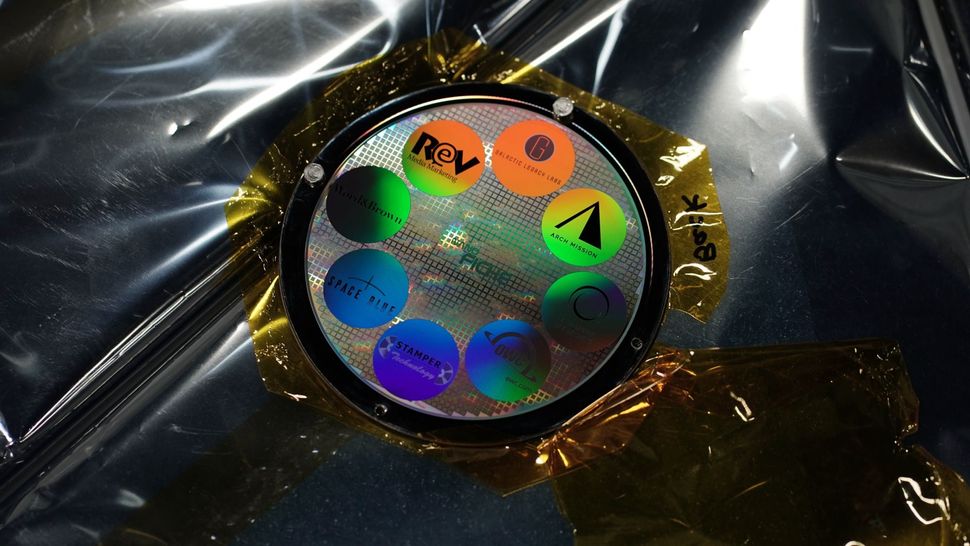
Space.com: How did you get involved in the Arch Mission Foundation and its quest to safeguard human knowledge? How did that journey start for you?
Copperfield: I was very inspired by the whole idea of putting together all languages, all of Wikipedia — for better or for worse — all different parts of our humanity, and preserving it in a way that’s really indestructible.
We don’t learn from the past enough; we go and make the same mistakes over and over again. So the whole idea of preserving history, preserving knowledge, preserving society’s art and influence, really captured my imagination. I wanted to be a part of it.
Space.com: Do you plan to stay involved? Do you want to maybe send one of these nickel plates to Mars or Venus, or to one of the moons of Saturn or Jupiter to create another repository for our knowledge?
Copperfield: Definitely working on it. And not just in space but also here on Earth, in places that can be discovered someday as well. Space is definitely the most exciting, fun part — the part that inspires me the most. But preserving knowledge, in general, is very, very important for our future.
Space.com: Have you always been a space fan? Has this always been something that’s interested you, or is it more of a recent conversion?
Copperfield: The Earth was transfixed when we landed on the moon [with Apollo 11 in 1969]. It was an amazing viral — before “viral” — experience for the whole world. Every kid my age wanted to be an astronaut. My talent wasn’t there, but it really made me dream, and it pushed me. In fact, the whole moon-disappearance illusion is based on that childhood memory — how it influenced me to inspire people to dream bigger, aim higher and achieve greater. You know, if one person can make the moon disappear in the sky above, imagine how much we can accomplish together here on Earth.
Space.com: And it certainly is an exciting time in space. This moon mission, SpaceX routinely landing rockets on ships at sea — I mean, there are a lot of reasons for folks to look up these days.
Copperfield: I’m very inspired and so proud to be part of it. My whole moon-vanish piece is to also, in my own way, make people dream about possibilities — to have kids, all of our future scientists and dreamers, inspired to kind of think beyond the moon.


